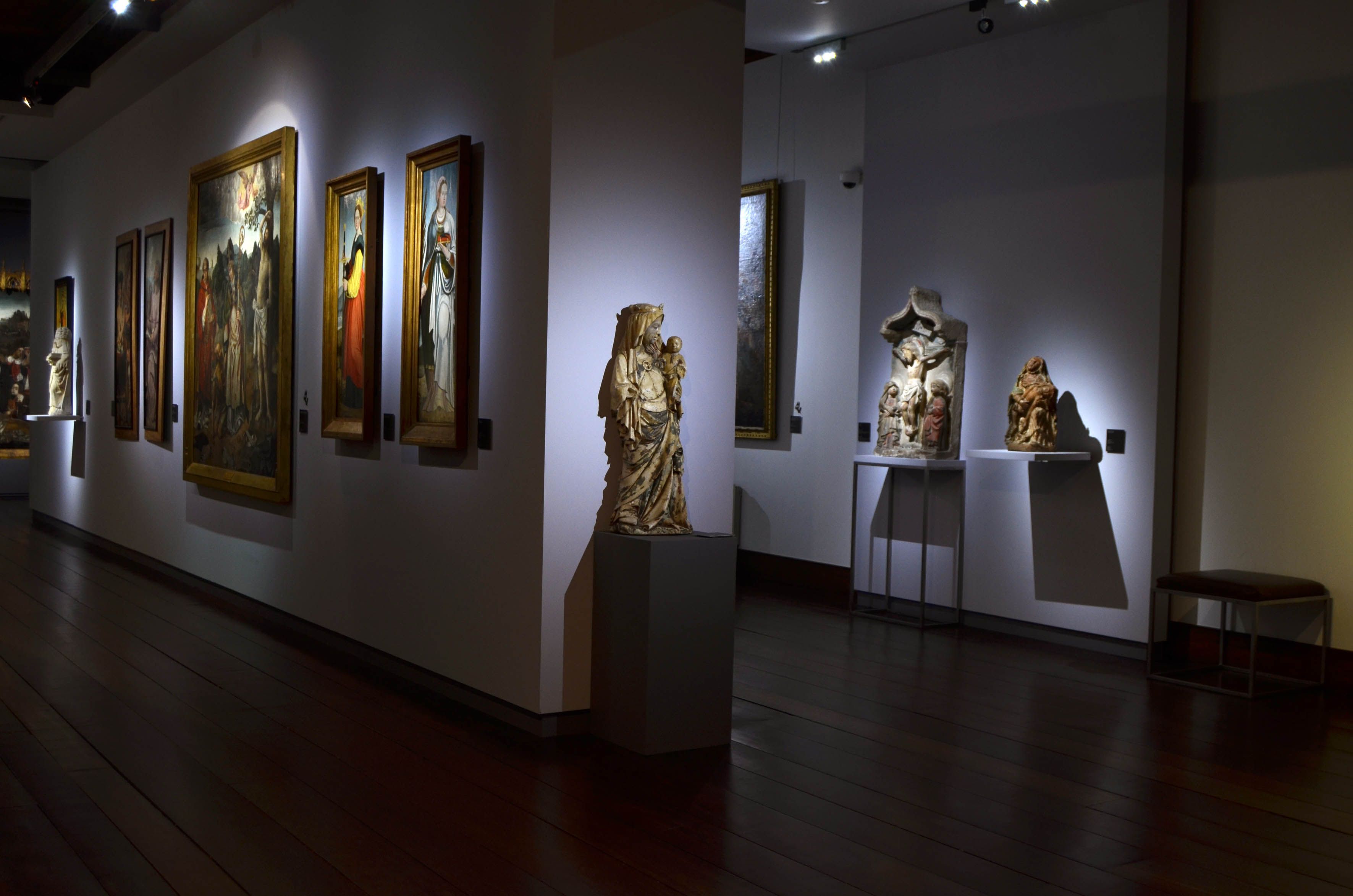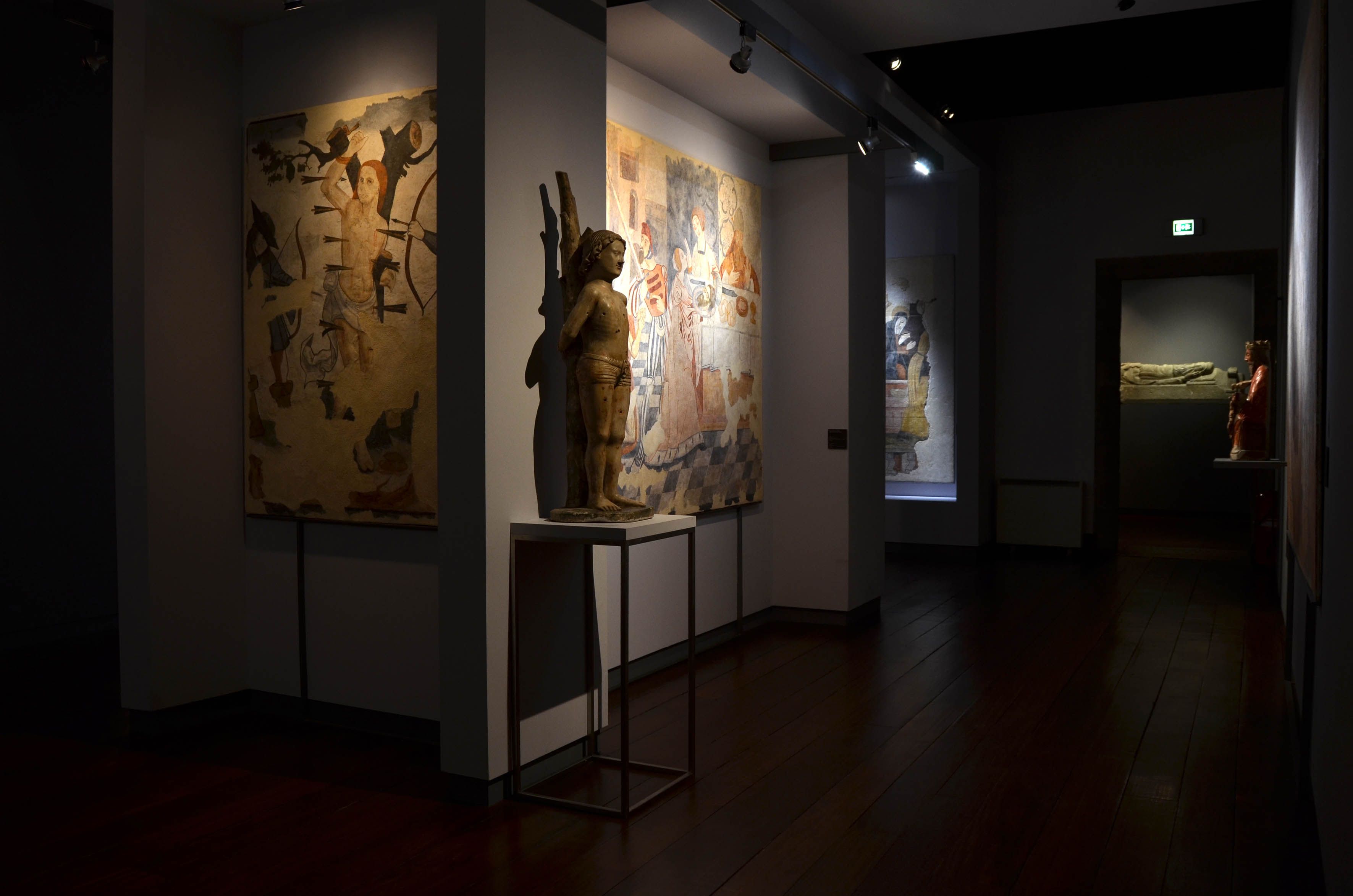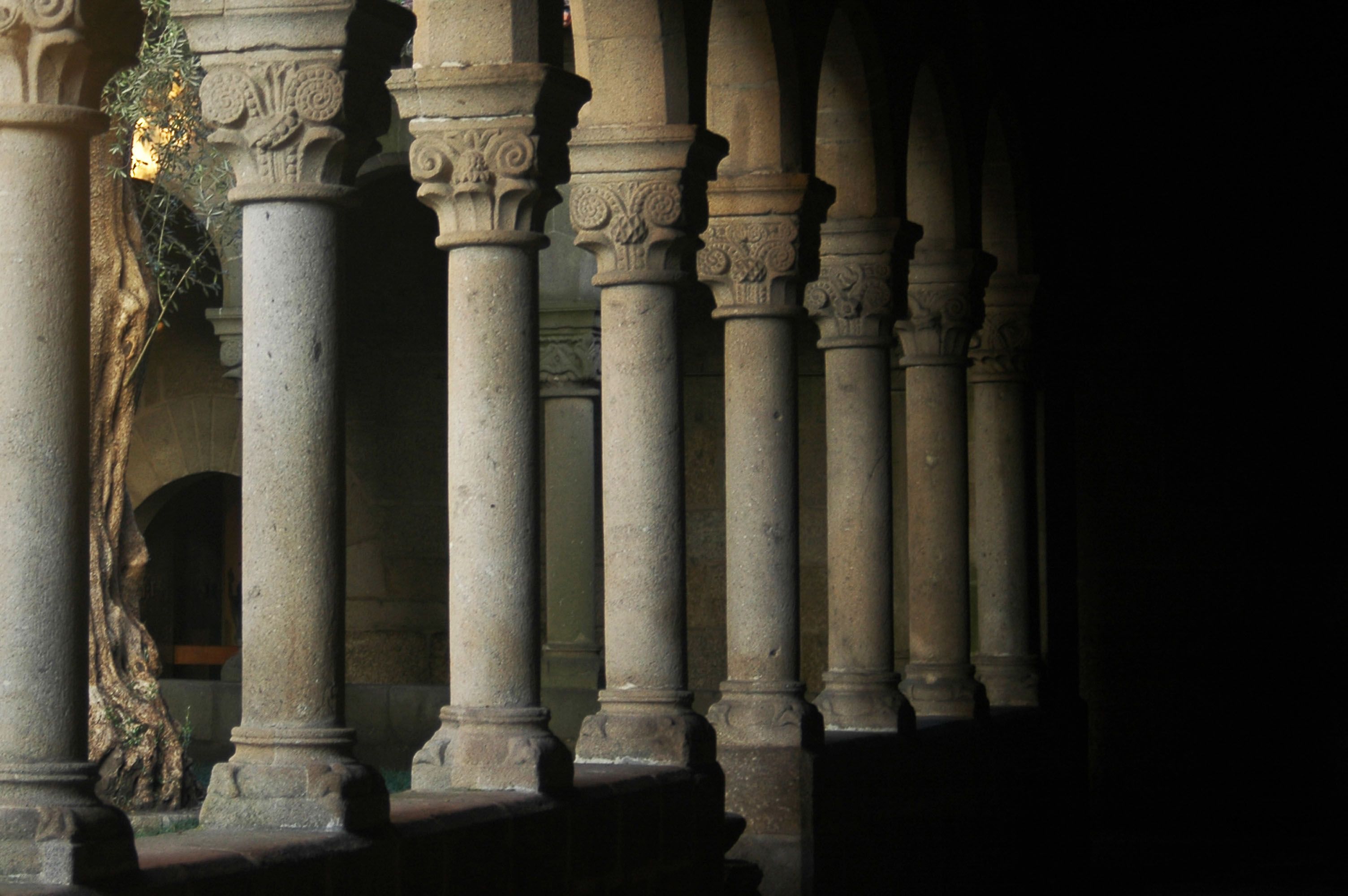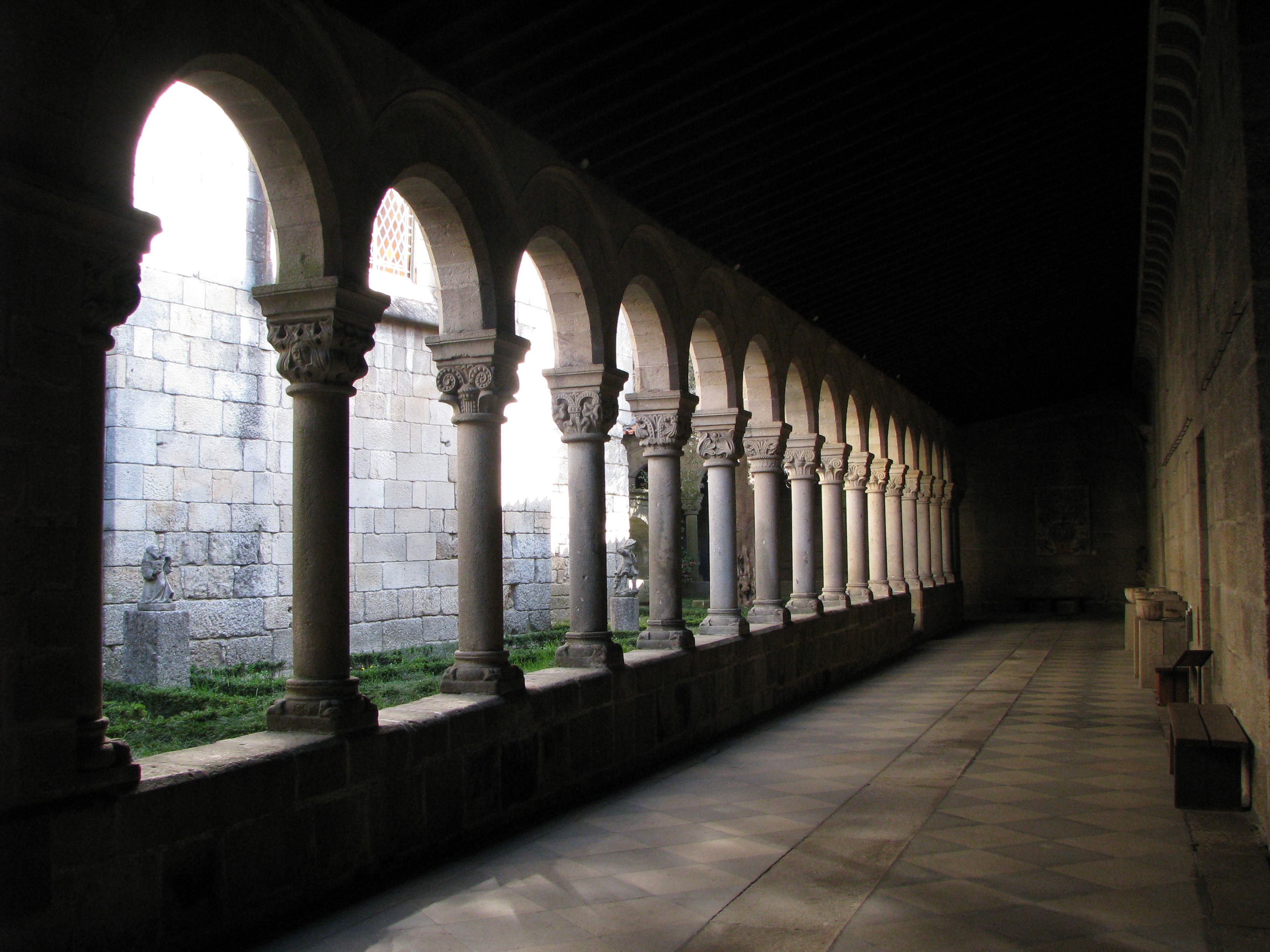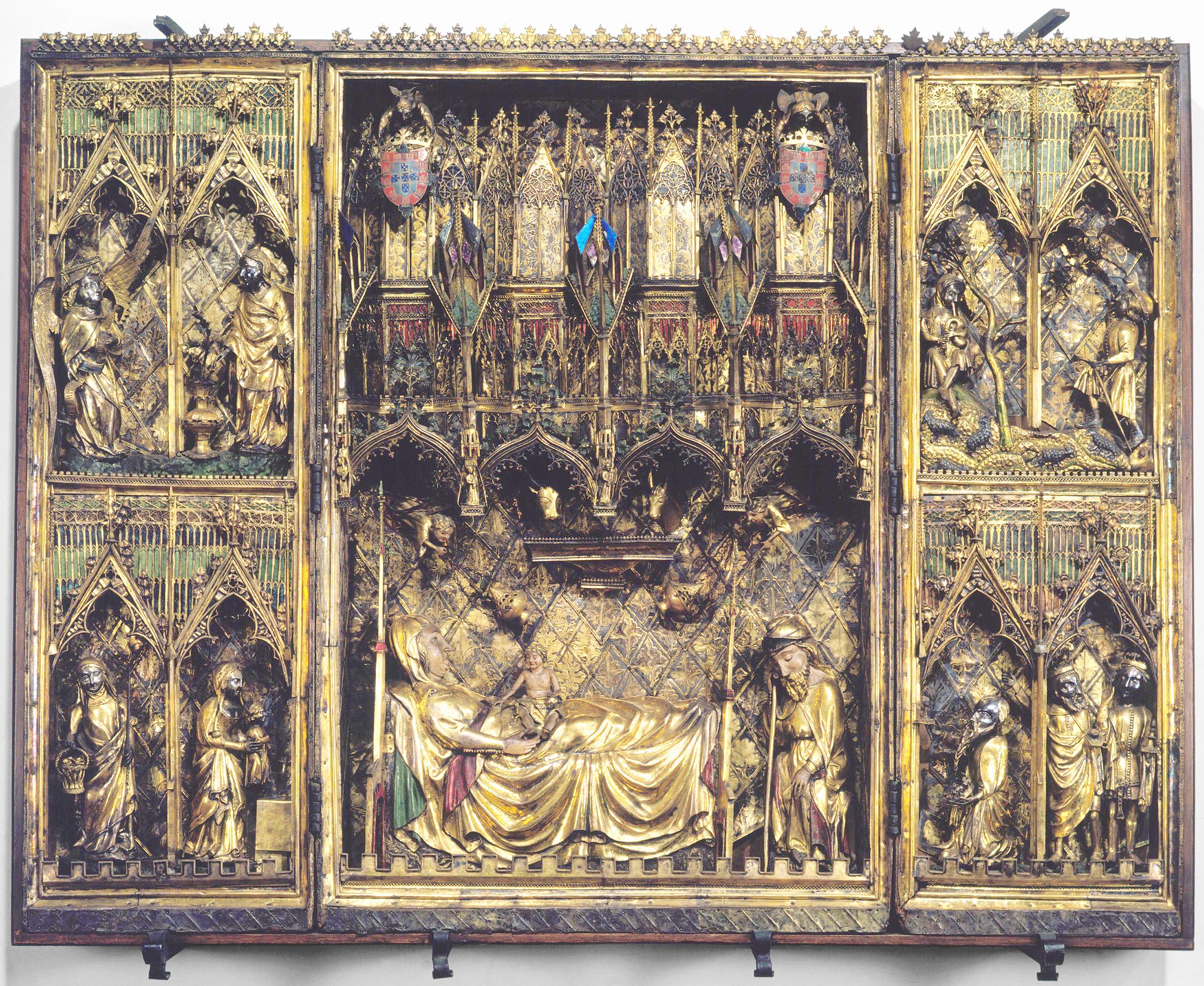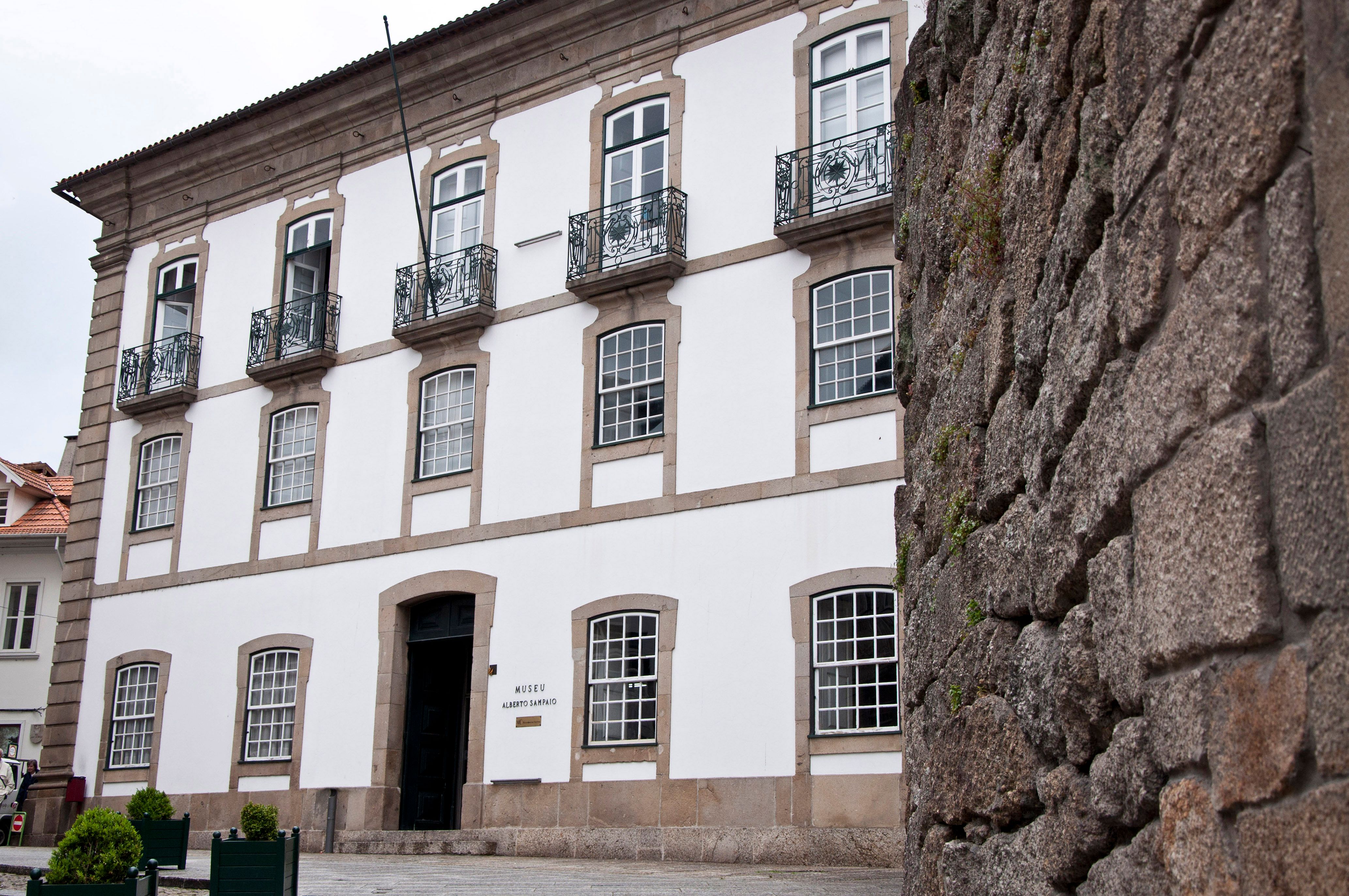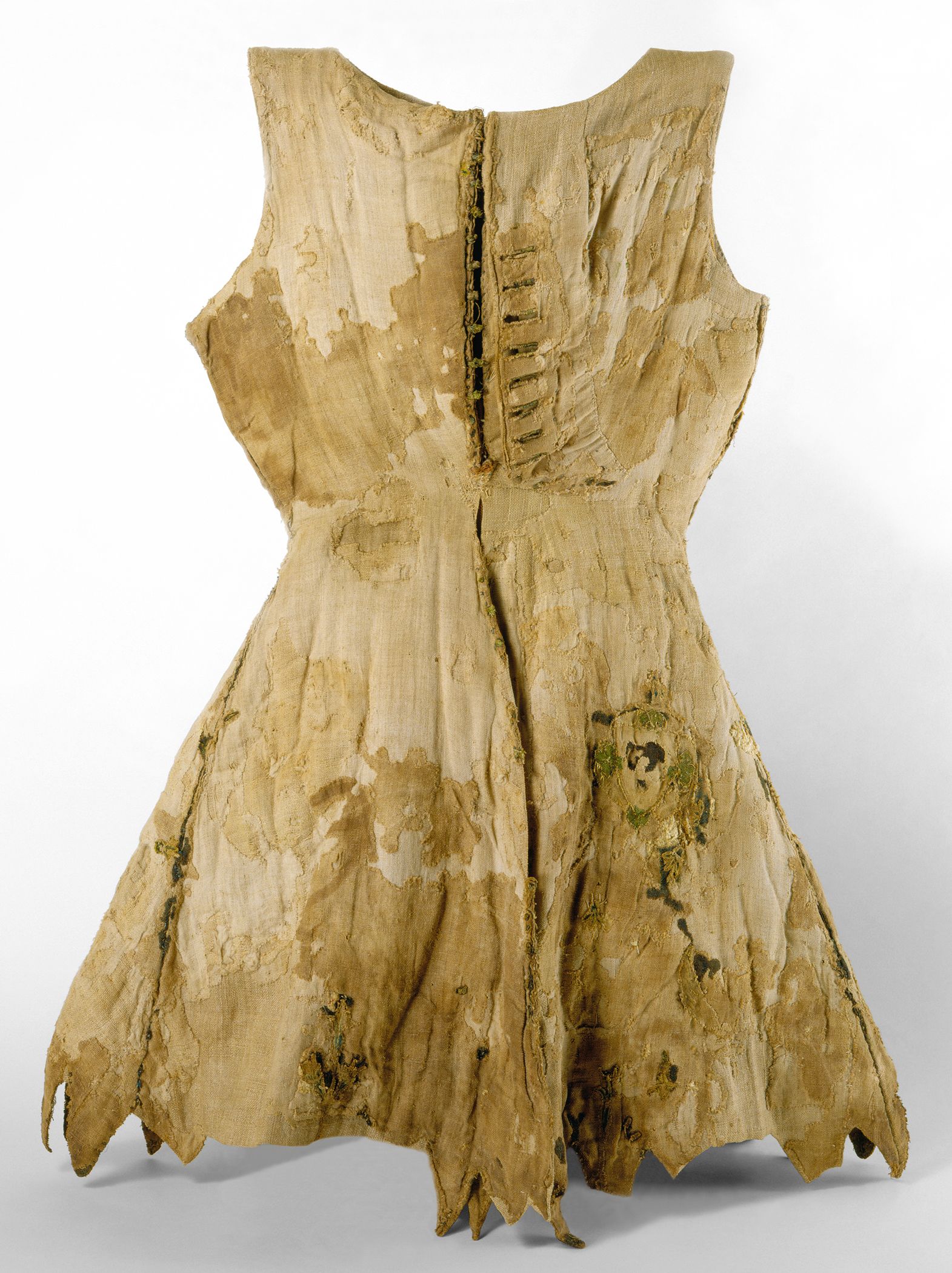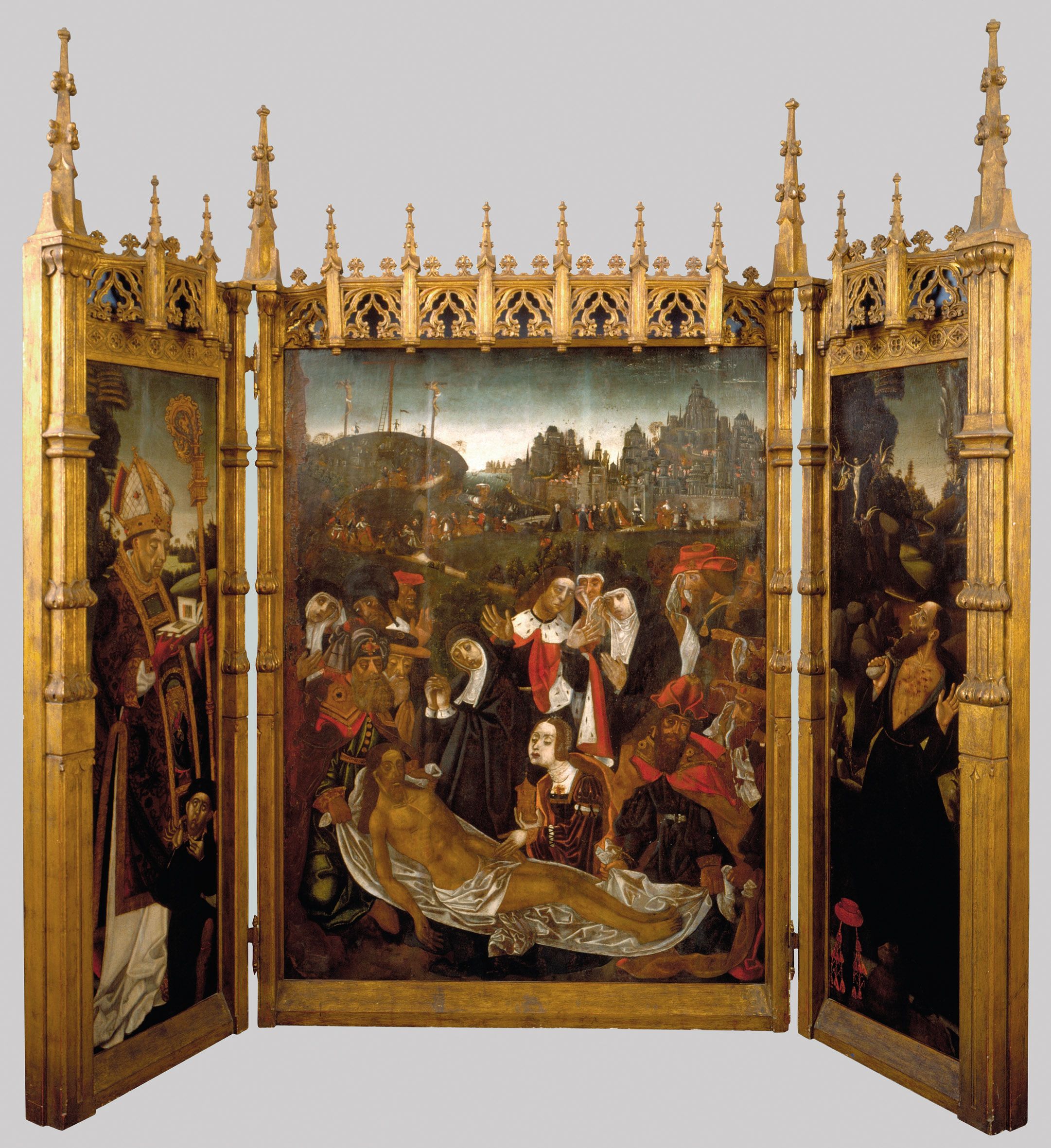Opened in 1931, the Alberto Sampaio Museum it is located in the historic centre of Guimarães, declared a World Heritage Site in 2001, in the location where Countess Mumadona Dias commissioned the building of a monastery in the 10th century. In the 12th century, the monastery became a Collegiate, invoking Saint Mary and, later, Our Lady of the Olive Tree.
The Museum is located in the cloister of the Church and the adjoining rooms, as well as the former Houses of the Priory and Chapter of the Collegiate of Our Lady of the Olive Tree. Among the most noteworthy items in his collections are the gambeson (military vest) worn by D. João I during the Battle of Aljubarrota, and the Triptych of the Nativity made of golden silver, which he offered to Nossa Senhora da Oliveira as a token of gratitude for the victory achieved. It features fascinating collections, in particular: sculpture, represented by statues in limestone and wood from the 13th to the 18th centuries; the carving section, with emphasis on the 17th-century altarpiece that belonged to the Brotherhood of St. Peter and the baroque sides of the church of the Convent of Saint Claire; paintings, represented by frescoes and painting on wood-board; ceramics, consisting of examples of tiles and faïence; the textile collection, composed of liturgical clothing and a significant core of fabric samples; the jewellery collection, composed of liturgical implements – chalices, patenas, custodies, crosses and reliquaries –, of varied typology and function, which allow us to follow the evolution of taste from the 12th century to the 19th century.
The collection is composed almost entirely of works of local origin and sacred art, matching perfectly the architectural spaces it is displayed in. José Saramago, in his travel book Journey to Portugal, referred to this acquis in the following manner: “The visitor is lucky enough to have a guide pointing to the beauties, and there are so many, inside the many rooms. It would take a whole book to describe them: the silver altar of D. João I and the gambeson he wore in the battle of Aljubarrota, the Holy Mothers, the eighteenth-century Escape from Egypt, Santa Maria, Formosa, by Mestre Pêro, Nossa Senhora e Menino, by António Vaz, with the open book, the apple and the two birds, the tablet of Friar Carlos representing S. Martin, S. Sebastian and S. Vincent, and a thousand other wonders in the field of painting, sculpture, ceramics and silverware. The traveller acknowledges the fact that the Alberto Sampaio Museum contains one of the most precious collections of sacred imagery in Portugal, not so much for the abundance, but for the very high aesthetic level of the vast majority of items, some of them true masterpieces. This Museum is worth every visit, and the visitor swears to come back every time he is in Guimarães."
